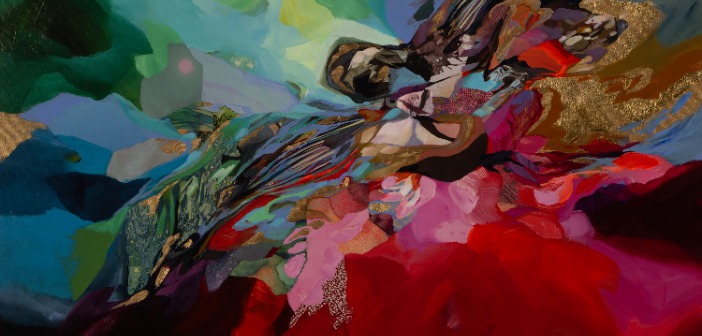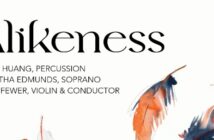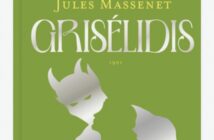
This page is also available in / Cette page est également disponible en:
![]() Francais (French)
Francais (French)
-
GFN Classics4
Reflets du temps
Quatuor Cobalt: Guillaume Villeneuve and Diane Bayard, violin; Clément Bufferne, viola; François Leclerc, cello.
GFN Classics, 2025
Already known for their large-scale concerts, GFN Productions have recently broken into the recording world. For this new release on the GFN Classics label, they called on renowned producer Carl Talbot. The result is an intimate album in which the chemistry between the musicians is palpable.
The recording’s title refers to the band’s “historically informed” approach. For their debut album, Quatuor Cobalt’s first violin, Guillaume Villeneuve, and his accomplices play on period instruments, taking us through several periods as if we were there, starting with the century of Mozart. The ensemble performs Maddalena Lombardini Sirmen’s Quartet in B-flat major, Op. 3, No. 2, published around 1769. To an ear accustomed to the classical style, this work offers nothing truly innovative. It does, however, offer some fine violin passages in thirds with playful cello in dialogue, testifying to the quartet’s musical understanding.
Another century, another composer. Fanny Mendelssohn, the best-known of the three composers on this disc, is represented by her Quartet in E-flat major, H.277. Intimacy once again prevails. The instrumentalists exchange musical lines and answer each other in close dialogue. Particularly noteworthy is the Allegretto, composed in a highly dynamic fugal style. In the faster moments, however, persistent string-rubbing in the violins prevents a clean, full sound.
The atmosphere changes with Alicia Terzian’s Tres piezas for string quartet, a choice that contributes greatly to the album’s originality. The play of textures in the high register and the abundance of incisive pizzicati make this a captivating work. We would simply have liked more bite in the pianissimi to better highlight the score. The final section of Terzian’s cycle brings Reflets du temps to a fiery close. An ideal conclusion.
Translation: Madeline Boldt
This page is also available in / Cette page est également disponible en:
![]() Francais (French)
Francais (French)












